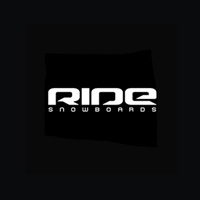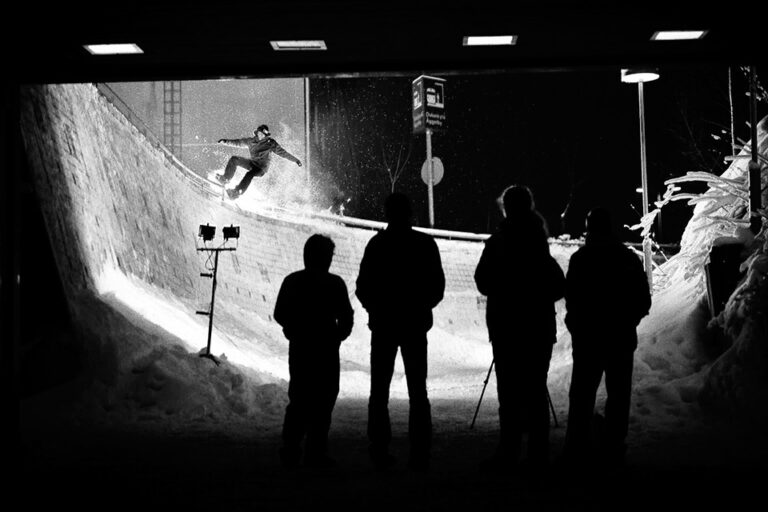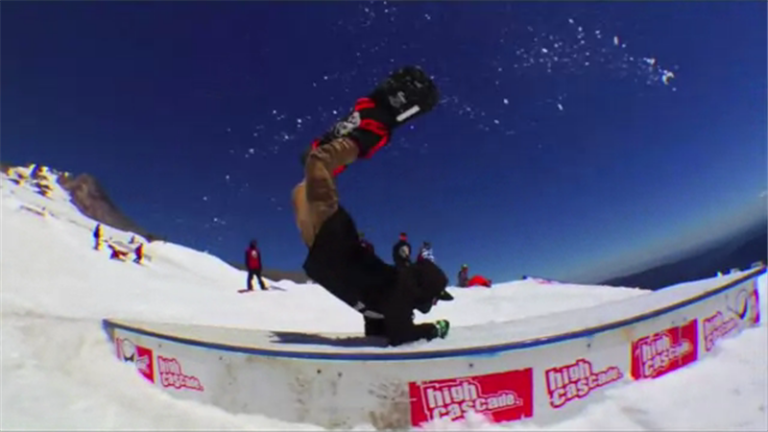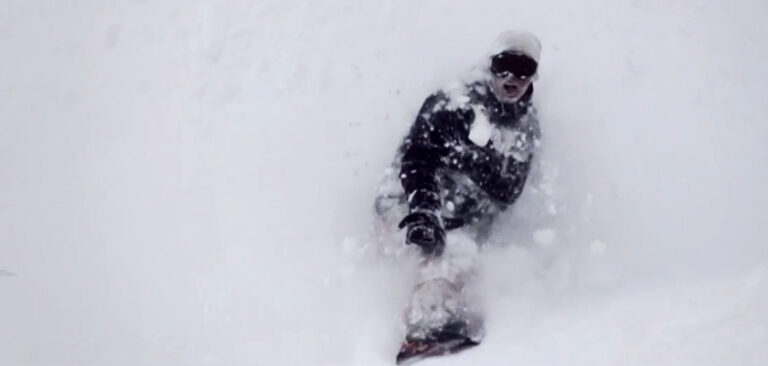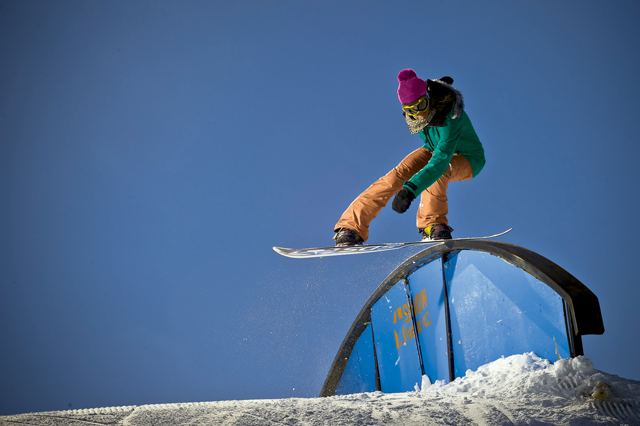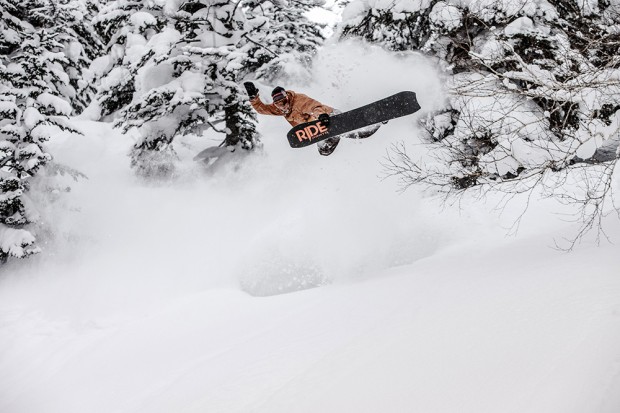
You can check out a gallery of some of this season’s strangest designs here.
“What’s with all the strange-looking snowboards this year?” a colleague of mine asked on the final day of the ISPO tradeshow in Munich. It was a good question. In the course of our three days trawling the halls of the old airport where the show is held, we’d seen all sorts of weird and wonderful designs.
Burton were trumpeting their new pointed twin tip, the Trick Pony. Capita’s Ultrafear had an angular take on the same shape. Suddenly, K2’s Happy Hour and Salomon’s Sick Stick which have looked that way for a few years, were not alone. But that was far from the craziest shape out there. In addition to all the usual suspects’ swallowtails (Apo’s Regis board Burton’s Fish) new brands were joining the party. Endeavor had something they called the Archetype on their stand, which looked liked someone had started making a splitboard but then given up halfway through. Jones had their Hovercraft on display, but that wasn’t nearly as weird as what was going on next door on the Yes stand, where a stumpy, fat-looking board thing the 420 was attracting a lot of attention.
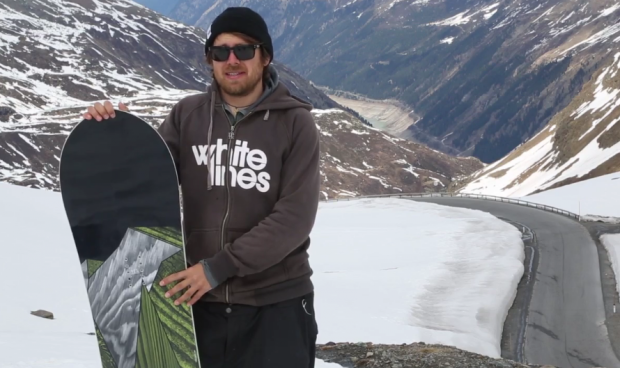
Gigi Ruf’s brand Slash had what looked like twin swallowtails on their stand, and Head’s Evil I looked similar. Meanwhile the Helgasons, never ones to be outdone when it comes to random weirdness, were showing off a new Lobster board, the Nosejob, which allowed you to cut your own nose and tail shape with a bandsaw. There’s no doubting that strange shapes were the biggest trend at the tradeshow this year. The question is, why?
Well, having overturned conventional orthodoxy on the supremacy of camber and introduced a myriad of profile variations experimenting with shape probably seems the next logical step for snowboard makers. Why not try something different when different profiles have proved so popular? But while this rationale is true to a certain extent, it’s only part of the story. Because while the big snowboard manufacturers may have just started putting out odd-looking boards, as Whitelines reported last year, the trend for strange shapes has been simmering underground for some years now.
There’s no doubting that strange shapes were the biggest trend at the tradeshow this year. The question is, why?
As with most things in snowboarding it’s impossible to say where the trend for messing around with shape started in the modern era, but the Austrian Aesthetiker crew surely deserve some of the credit for popularising the idea early on. In 2006, inspired by taking snow-skates (remember them?) into powder, they began making their own bindingless ‘snowsurfers’ that they called ASMO (short for Aesthetiker Shape Movement) boards. As Wolle Nyvelt, who turned ASMO-riding into an art form in his Absinthe Films parts, explained back in 2008 “The ASMO project was a good way to try different shapes. The idea was we wanted it to be like with surfboards, where you have a lot of boards for different waves”.
Elsewhere around the world other garage-based snowboard builders also took their inspiration from surfing. Last year Whitelines spoke to Jeremy Jansen, the man behind the US-based Grassroots Powdersurfing boards, and Californian ex-pro Corey Smith’s eye-catching Spring Break Snowboards (billed as “abstract snowboards that serve as functional art pieces”) attracted attention from snowboard media around the world.
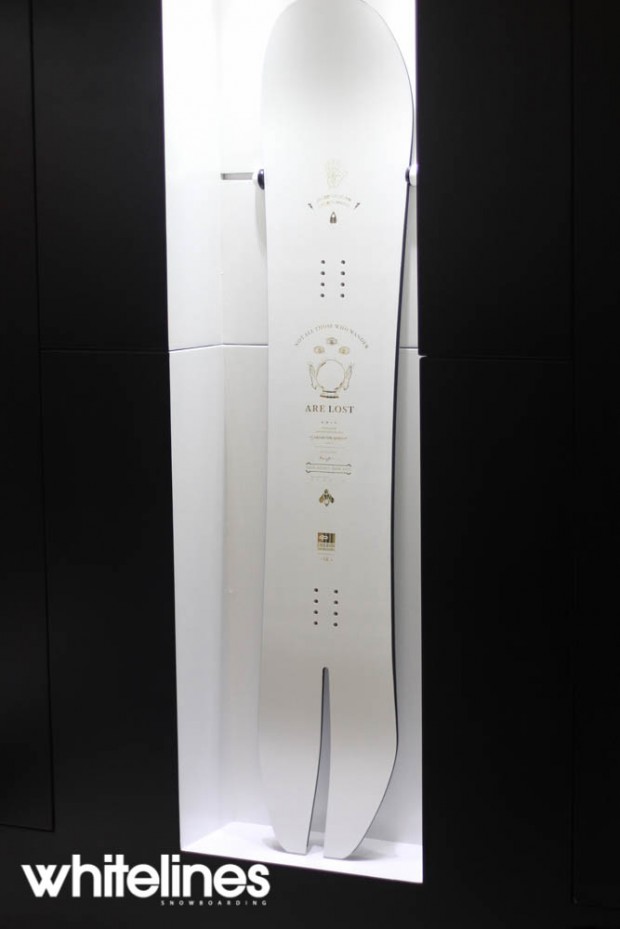
In Japan, Gentemstick, a label for boards “shaped” by Taro Tamai, has garnered a lot of attention. Such is the demand for unique shapes that many of these brands have grown from kitchen sink operations into fully-fledged companies. This season sees Kevin Sansalone, the Whistler powder hound who previously designed White Gold snowboards in his garage, going into partnership with Bataleon to launch a full range of backcountry sticks. Spring Break Snowboards is no longer just an art project – the boards can now be bought online, and Gentemstick are now big enough that they were in serious talks about making their boards available in Snow and Rock.
What’s interesting about this season’s crop of snowboards is that most of the small companies that have been shaping strange boards until now have been doing so with powder riders in mind. Perhaps it’s because freeriders tend to have a greater affinity with surfers (who embrace strange shapes) or perhaps it’s simply because these more expensive bespoke boards appeal more to the older shredder, who’s more likely to prefer pow to the park. Whatever the reason, with a few notable exceptions (such as Travis Parker’s memorable 2007 pro-model, and of course K2’s pioneering Happy Hour) this is the first season where strange shapes have made it onto the more mainstream freestyle and all-mountain market.
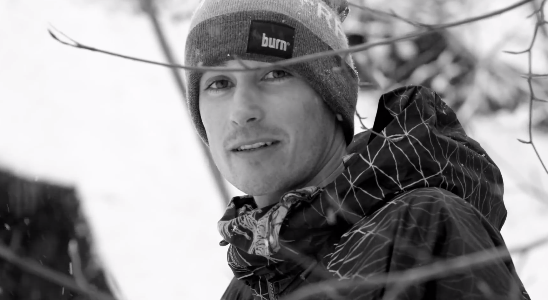
The reasoning behind different companies’ different shapes vary: K2 reckon the pointed nose and tail makes for a lighter board with a lower swing weight. Yes claim the super-wide 420 is simply more manoeuvrable than your average, lengthy pow-stick. Gigi says he likes the Slash shape not just because it saves material but also (with tongue firmly in cheek we’d imagine) because it “stands up without tipping over”. And the Helgasons apparently just made the Nosejob for the hell of it, ‘cos it looked cool. “You don’t need a big nose and tail on a jib board really, explained Eiki, “so we thought why not let people cut them away?”
Whether or not this trend will have the same impact as the ‘rocker revolution’ did on snowboard design remains to be seen. But change is definitely in the air, and given the number of brands now trying it, we can safely that this winter is shaping up to be a very interesting indeed.




